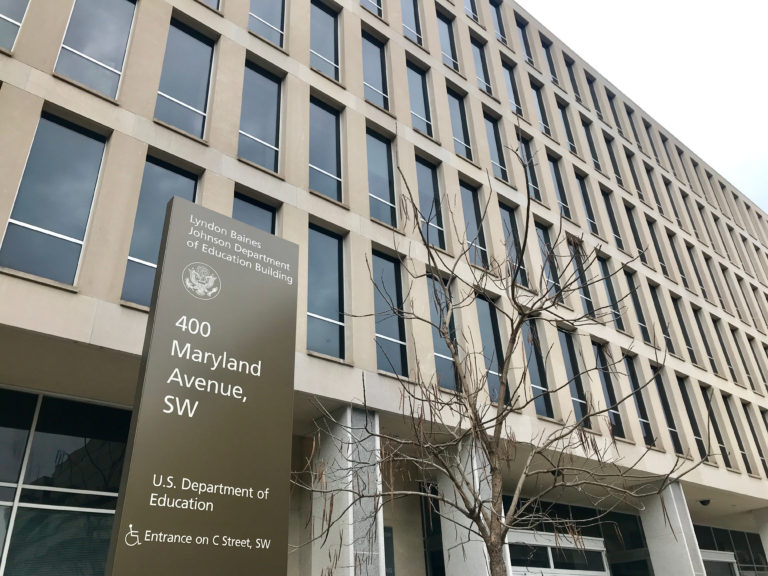This week, the U.S. Department of Education (ED) Office for Civil Rights and the U.S. Department of Justice (DOJ) Civil Rights Division issued both a Dear Colleague letter and a series of Questions and Answers, with the goal of helping U.S. colleges and universities comply with the Supreme Court’s recent Students for Fair Admissions decision.
Target outreach and recruitment efforts
The guidance clarifies that outreach and recruitment programs can still target specific groups (e.g., via schools or districts that predominantly serve students of color), so long as they do not award admissions spots solely based on an individual student’s race.
Collection of demographic data
Institutions can also continue to collect and evaluate demographic data as a way to assess student needs and address barriers to student success.
Colleges can, for example, continue to collect demographic data on prospective students (e.g., race/ethnicity, age, sex, gender identity, citizenship, disability, socioeconomic status, military background) provided that the collection of such data complies with applicable privacy laws and ensures that demographic data related to the race of student applicants do not influence admissions decisions.
Evaluate admissions policies
Colleges and universities can continue to consider a wide range of factors that shape an applicant’s pre-college experience, and are encouraged to review admissions policies to “ensure they identify and reward those attributes that they most value, such as hard work, achievement, intellectual curiosity, potential, and determination.”
Although the guidance stops short of condemning or urging a shift away from legacy admissions, it tiptoes up to the issue, suggesting that consideration of legacy status “benefit[s] privileged students,” and clarifying the seemingly obvious point that institutions “can examine” practices that “reflect and amplify inequality, disadvantage, or bias.”
Invest in retention and student support
The guidance recommends institutions consider how to foster a sense of belonging and support for historically underrepresented students. For example, colleges and universities can offer support through clubs, activities and affinity groups—including those that have a race-related focus or theme—to ensure that students have a space to celebrate shared identities, interests, and experiences, so long as these offerings are open to all students, regardless of race.




